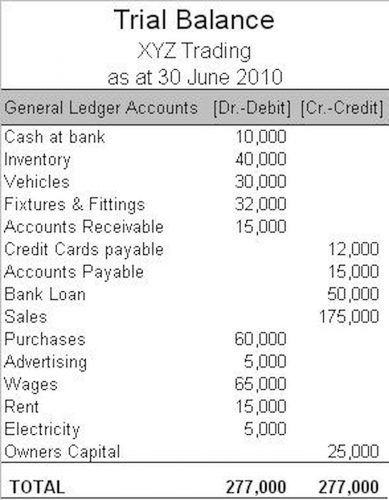

While the Cost Principle offers advantages such as objectivity, simplicity, and transparency, it has received criticisms for its lack of relevance and failure to account for inflation and market fluctuations. These concerns highlight the challenges of accurately representing the economic value of assets and maintaining comparability across different companies. The cost principle is also known as the historical cost principle. When you’re starting to dive into accounting, you’ll come across an entire glossary of terms. Some of them may seem familiar, while others will be entirely foreign. Some of the familiar terms may have accounting-specific definitions, as well.
There are some exceptions to the cost principle, mainly regarding liquid assets such as debt or equity investments. Investments that will be converted to cash in the near future are shown on your balance sheet at their market value, rather than their the cost principle is used: historical cost. Some of the most valuable assets to a growing business are intangible. When using the cost principle accounting method, none of them are taken into account. Brand identity and intellectual property are two examples of this.
Table of Contents
Alternatives to the Historical Cost Principle in Accounting
It becomes easier to differentiate the cost of assets from the asset value. The cost principle requires one to initially record an asset, liability, or equity investment at its original acquisition cost. The principle is widely used to record transactions, partially because https://www.bookstime.com/ it is easiest to use the original purchase price as objective and verifiable evidence of value. A variation on the concept is to allow the recorded cost of an asset to be lower than its original cost, if the market value of the asset is lower than the original cost.


As financial markets and economic conditions fluctuate, the value of assets may increase or decrease significantly. However, under the Cost Principle, assets are recorded at their original cost and are not adjusted for these changes. This can lead to an understatement of the true economic value of assets on the balance sheet.
The cost principle, appreciation, and depreciation
Scott should record the newly purchased asset at the cost he paid to purchase the copyright. Because copyright is an intangible asset, the copyright cost should be amortized, rather than depreciated. But whatever process you’re using to record your assets, the cost principle can help maintain consistent balance sheet reporting.
- These concerns highlight the challenges of accurately representing the economic value of assets and maintaining comparability across different companies.
- This allows for an accurate representation of the worth of the company’s assets.
- This is because stock in a publicly traded company like Tesla is a highly liquid asset and a common exception to the cost principle.
- The cost of the office building is still listed as $250,000 on the balance sheet.
- A lender wants to be assured that they’ll be paid back in a timely manner.
- When a company sells inventory, the COGS is calculated based on the cost of acquiring or producing the goods.
Using historical cost, businesses can determine the cost of assets, liabilities, and equity at the time of acquisition, enabling managers to make informed decisions based on the business’s financial position. Replacement cost accounting is an accounting method that values assets based on the cost of replacing them at current market prices. This method adjusts the value of assets to reflect their current replacement cost rather than their historical cost. The historical cost principle requires companies to value their inventory at the original purchase price.
Using the Cost Principle Saves Money
Like antique collectors, businesses rely on historical costs to value their assets and liabilities. The historical cost principle is a fundamental accounting concept that determines the initial valuation of assets and liabilities at their original price. It is a principle that has been used for centuries and has remained a cornerstone of accounting practices worldwide. The cost principle is considered one of the fundamental guidelines for bookkeeping and accounting; however, it is fairly controversial. As such, accounting standards are starting to move away from the cost principle.


This is particularly true for businesses with diverse and ever-changing product lines and those that are invested in volatile securities. However, the cost principle does have some shortcomings that may result in even small businesses being undervalued. On the other hand, if the same company invested $200,000 in Tesla stock in 2017, the value of that liquid investment should be updated to reflect its current value after each accounting period.
Examples of the Cost Principle
Current cost accounting can be helpful in industries where the replacement cost of assets or liabilities changes frequently or in an inflationary environment. In rapidly changing markets, the historical cost principle can cause problems. For example, suppose a company holds inventory that has significantly increased in value since it was purchased. In that case, the value of the stock on the balance sheet will not reflect its current market value.
